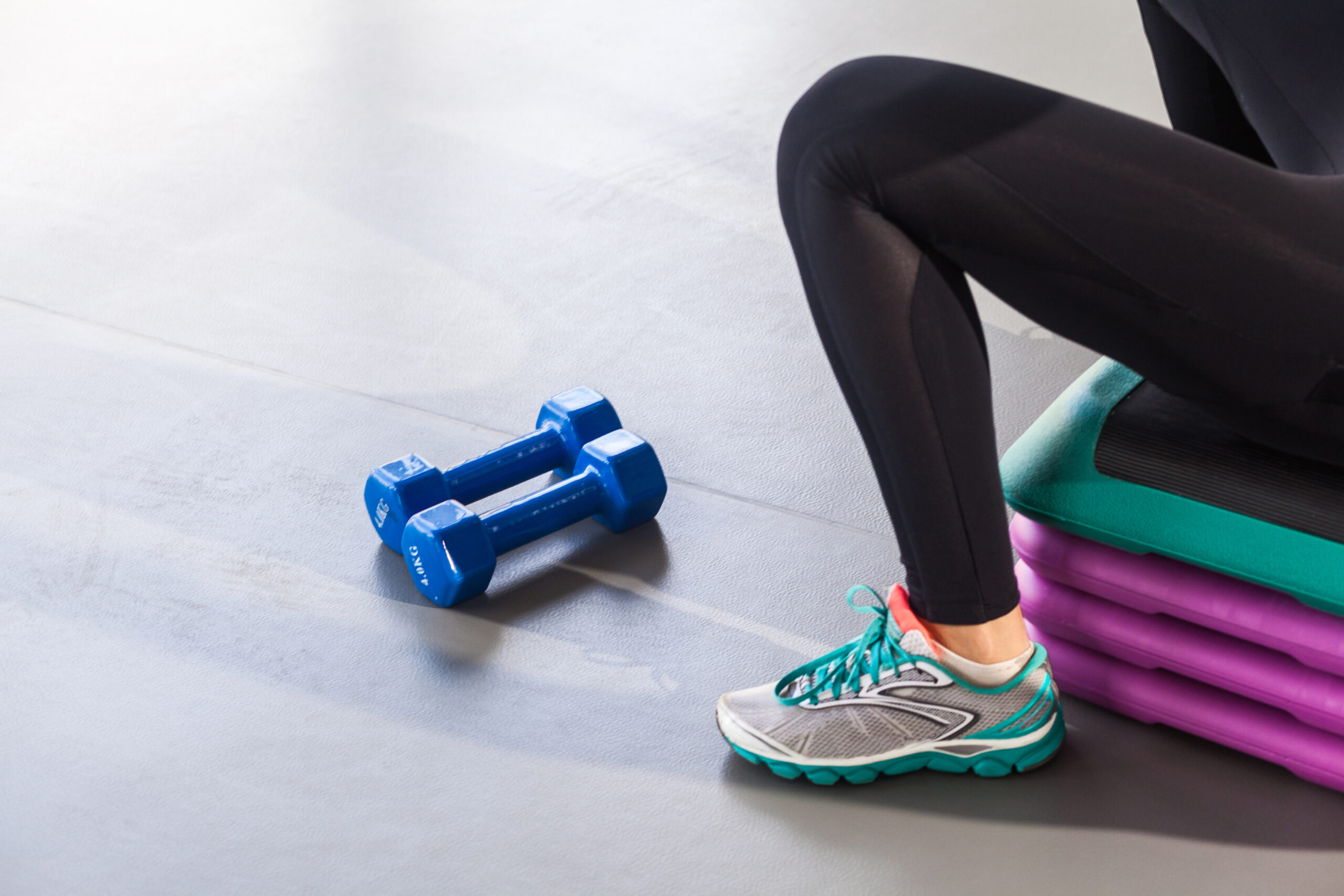
Proper preparation is crucial to ensuring a successful polymer flooring installation. If the substrate isn’t properly prepared, there’s a good chance that bonding issues and other problems will occur.
A diamond grinder, media blaster or scarifier is used to mechanically prep the concrete surface. This removes laitance and any potential contamination from the material’s surface. The thin surface layer formed on concrete during the drying process, known as laitance, is weak and easily broken. The pressure with which concrete can be removed is typically greater than 250 psi, depending on its strength.
When materials are mixed, the mixture should be consistently blended and homogeneous. The most common method for completing this step is with a drill equipped with a mixing blade or mortar mixer.

Mortar-based systems typically consist of a polymer resin and aggregate, but there are many different types with varying levels of resins. Some liquid rich systems self-prime or require no primer while others need trowelling to bond with the underlying surface.
Self-priming systems are installed using a rake or notched trowel and rolled with spike roller to level them. Some self-leveling floors install aggregate for strength, texture and finish.
Primed systems are finished with a wet-on-wet application of mortar, followed by screeding small areas with a hand trowel and large ones using a power tool. Once the mortar dries, any imperfections are removed and the surface is treated with a coating or sealant.
Decorative broadcast systems typically include thinner aggregates, such as decorative quartz or mica flakes that are sold by the pound and then applied in a variety of sizes. Most systems use a primer layer that incorporates a broadcast to make the finished color more uniform and build thickness. The primer is applied with a squeegee and rolled with nap rollers. Excess aggregates are removed, and then the undercoat layer is applied. Sealers may be applied multiple times in order to achieve the desired finish.
Self-levelling flooring systems or high-build floors can be up to 3 millimetres thick, making them smooth and glassy looking. To prepare the floor for sealing, it will be primed to prevent any outgassing in the concrete and pinholes or bubbles in the system. The self-levelling or high-build system is applied with a notched squeegee or rake to reach the proper thickness and allowed to cure.